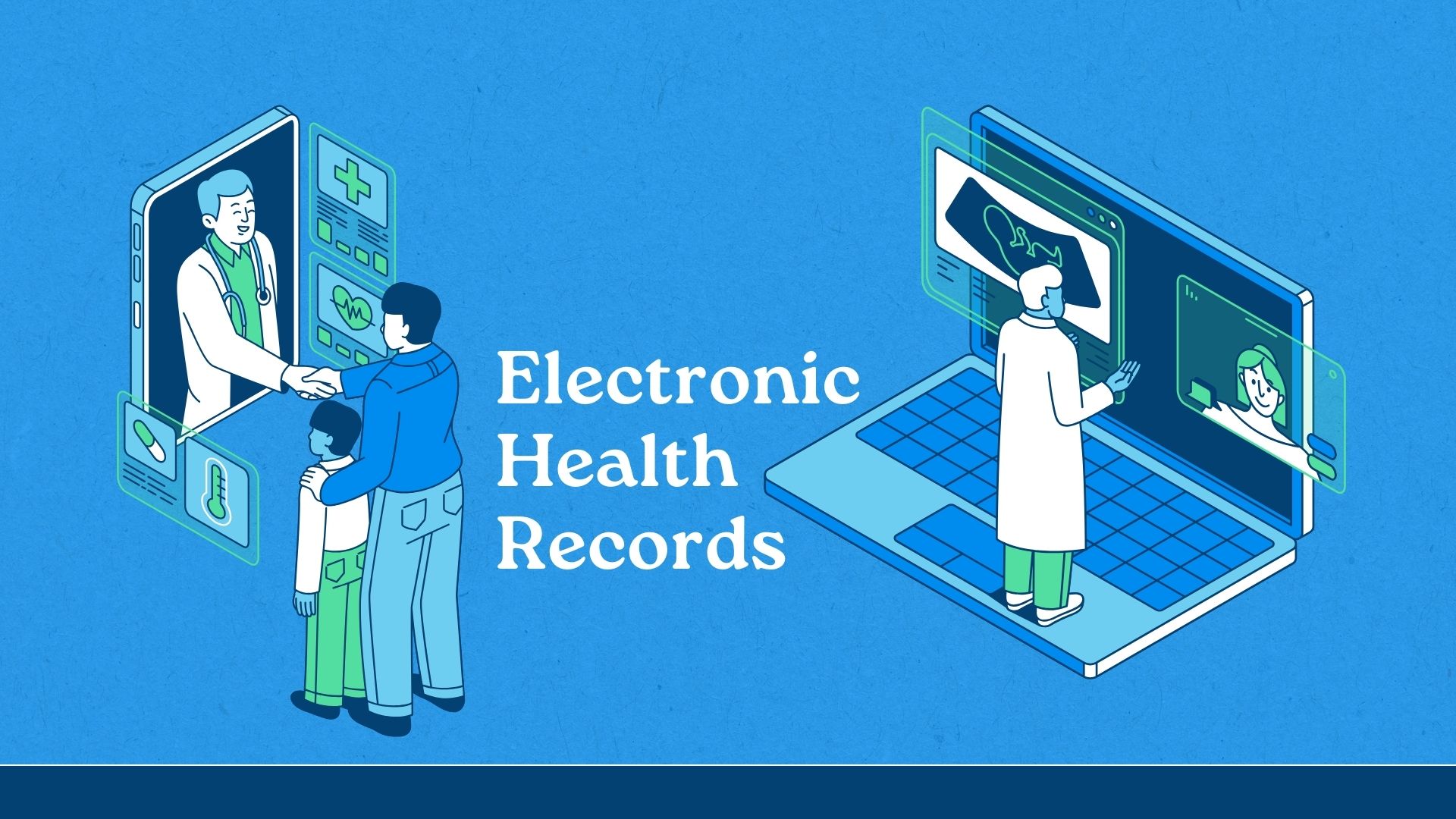Curing Corporate Schizophrenia, Part 2
In the first part of this two-part series, we looked at Corporate Schizophrenia — the bizarre disease that causes companies to spend a fortune trying to engage, attract, and sell prospects, only to take extreme measures to avoid interacting with these same people after they become customers. In Part 2, we'll examine some positive trends toward a “cure” for this horrible malady.
Penny-Wise, Pound-Foolish
As we discussed in Part 1 of this series, many organizations developed call centers to cut costs by automating and consolidating customer service operations. There's nothing inherently wrong with call centers or cutting costs — especially if required to keep pricing competitive or earn sufficient return on capital. The problem is that in doing so, many organizations were penny-wise but pound-foolish. They trimmed short-term expenses at disastrous long-term costs: alienating customers and driving up defection rates.
In some cases, companies shunted customers off to automated voice response systems and self-service Web sites. They had goofy names, like “Customer Experience Portal” and “Our Customer Quality of Service Web Site,” regardless of the nature of the transaction.
For simple, straightforward, unemotional transactions, such as checking on shipping or reservation status or accessing information about a product or service, these initiatives were a very cost-effective alternative to more expensive human interaction. But many companies made the grim mistake of foisting these same approaches onto complex, emotional, and ambiguous interactions: applying for a mortgage; requesting detailed, technical information; or asking for a little friendly advice.
The Great Realization
Maybe it's because of the economic climate and a shift in focus from getting customers to keeping them. Perhaps it's the realization each customer represents the potential for a valuable, long-term relationship beyond the immediate sales transaction. The good news is companies are starting to realize customers — even angry or confused customers — are worth spending time with.
Three Important Trends
- As companies achieve a customer-focused strategy across all their different product lines and operations, call center professionals are asked to provide information and support on a broader, more diverse range of products and services. Call center staff must be highly informed about numerous products and services. They must be sophisticated and talented in probing and discerning customer issues and resolving problems.
- Short-term performance metrics, such as average call time (ACT), are yielding to more balanced, quantitative goals. Call center managers focus on how well (not just how fast) customer services reps do their jobs.
- Automation focus is shifting from replacing people to empowering customer service agents with broader, faster access to actionable information and personalized data.
Instead of a miserably paid script reader/telemarketer, call center staff are beginning to resemble a professional services support desk. Personable, intuitive, and knowledgeable professionals provide first-level support: They ask questions and probe for implicit assumptions and concerns. Highly paid experts provide second-level counsel.
Many organizations that upgrade their call center's staff, mission, and underlying technology find themselves cured of Corporate Schizophrenia.
Do you agree? Don't agree? Got an interesting insight, opinion, or real-world example to share? What are your thoughts? Write me.
Arthur O'Connor is a director and heads the CRM Integration Practice at Reuters Consulting, a unit of Reuters, PLC. As one of the nation's leading experts on CRM and business intelligence solutions, he writes on business and technology trends for eCRMGuide.com, as well as on CRM strategy for ClickZ.com. He is a frequent speaker at industry conferences. Last year served as chairperson of the Institute for International Research's CRM Project Management Conference.




